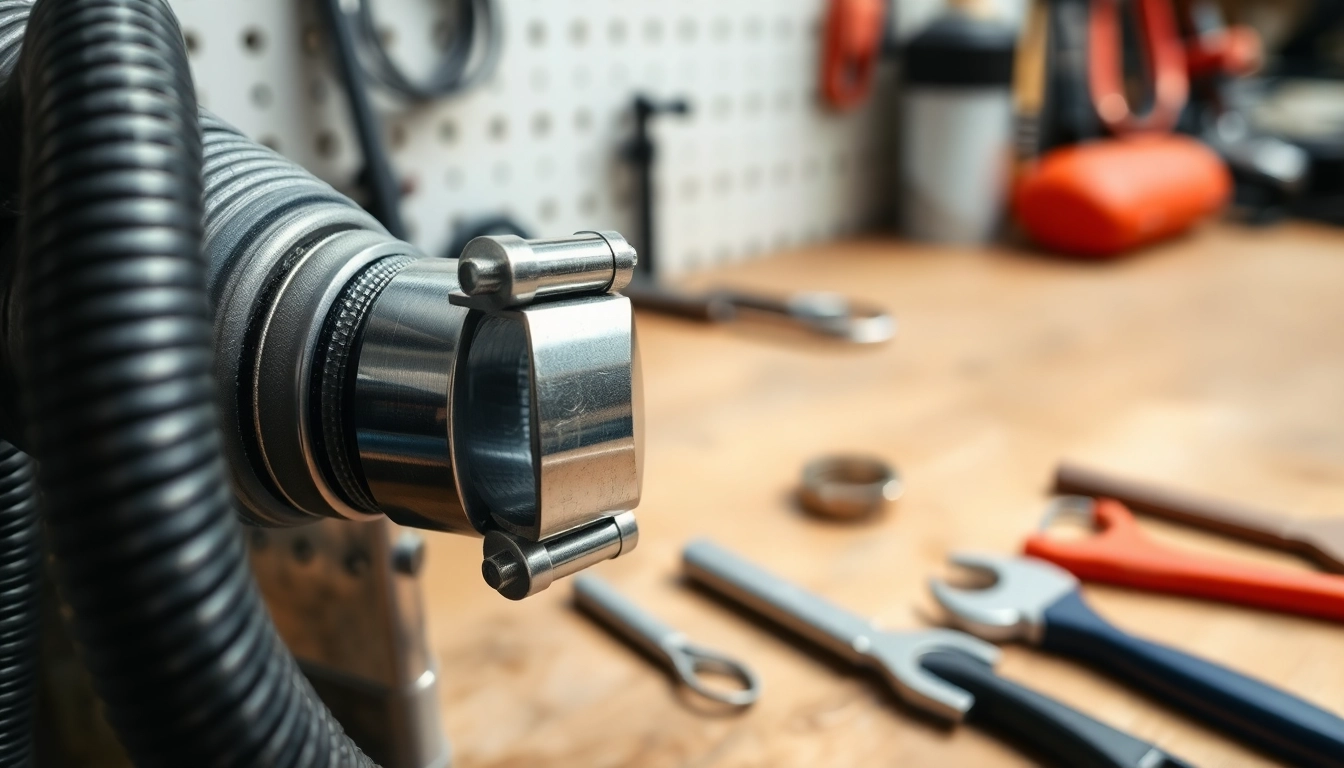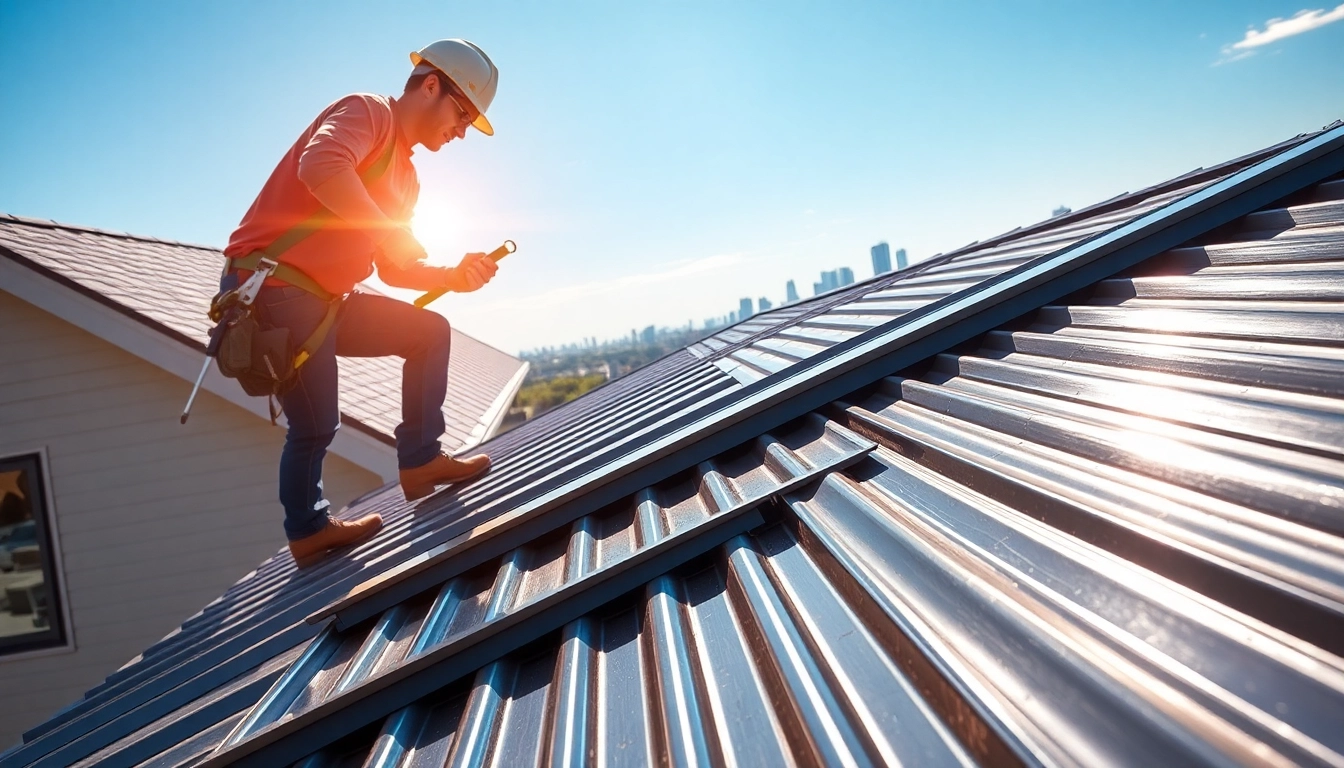Understanding the Basics of Clamp on Hose
Clamp on hoses are essential components in piping systems, providing reliable connections to manage the flow of fluids. They are widely used in various applications, from automotive to plumbing, and even in industrial settings. A clamp on hose consists of a flexible tube secured by a hose clamp, ensuring that the connection remains tight and leak-free. Understanding the basics of clamp on hoses will help you make informed decisions regarding their use and maintenance.
What is a Clamp on Hose?
A clamp on hose is a tubular conduit designed to transport liquids or gases from one point to another, with a hose clamp securing its ends to prevent detachment. The hose’s material can vary, with options including rubber, PVC, and silicone, each chosen based on the fluid type and operating conditions. The primary functionality of a clamp on hose is to ensure that the fluid remains confined within the system while allowing flexibility and adaptability within the piping configuration.
Key Components of a Clamp on Hose
Several key components make up a proper clamp on hose setup:
- The Hose: Made from materials suitable for the intended media (e.g., water, oil, gas) and environment (temperature, pressure).
- The Hose Clamp: Mechanism used to secure the hose to a fitting or another hose. Types include worm gear clamps, spring clamps, and T-bolt clamps.
- Fittings: Connectors that join hoses to pipes, ensuring a tight seal and the correct orientation for fluid flow.
Importance of Quality in Hose Clamps
The quality of hose clamps is paramount. Poor quality clamps can lead to leaks, hose blow-offs, and failures in fluid systems, which can be hazardous and costly. High-quality clamps provide better sealing performance, resistance to corrosion, and longevity. When selecting hose clamps, consider factors such as material, size, and intended use to ensure reliability.
Types of Clamp on Hoses
Various types of clamp on hoses exist, each designed for specific applications and environments. Understanding these types will assist you in selecting the appropriate option for your needs.
Common Variations Explained
The most common variations of clamp on hoses include:
- Worm Gear Clamps: These clamps are adjustable via a screw mechanism, making them versatile for different hose sizes.
- Spring Clamps: Recognized for their ease of use, these clamps automatically adjust to varying hose thicknesses and are often used in automotive applications.
- T-Bolt Clamps: These are strong and provide a 360-degree sealing pressure, making them ideal for high-pressure systems.
Choosing Between Standard and Specialty Clamps
When selecting hose clamps, you’ll need to decide between standard clamps, which can accommodate average applications, and specialty clamps, designed for specific conditions such as high temperature or high pressure. Specialty clamps might be necessary for system integrity in critical applications, while standard clamps may suffice for less demanding scenarios.
Application-Specific Considerations
Different applications require unique considerations:
- Climate: The environmental conditions (i.e., exposure to temperature extremes, corrosive substances) dictate the materials used in both hoses and clamps.
- Fluid Type: Hoses must be compatible with the fluids they transport, considering aspects such as chemical resistance.
- Pressure Levels: High-pressure systems require robust clamps and hoses, while general applications might have lower requirements.
Installation Techniques for Clamp on Hose
The installation of clamp on hoses is a critical step as improper installation can lead to leaks and failures. Here’s a deeper look into effective installation techniques.
Tools Needed for Proper Installation
Essential tools for installing a clamp on hose include:
- Torque wrench to avoid over-tightening
- Hose cutting tool for clean cuts
- Screwdriver or socket wrench for clamps
- Safety gloves and goggles for personal protection
Step-by-Step Installation Guide
Follow these steps to install clamp on hoses properly:
- Measure and Cut the Hose: Cut the hose to the required length, ensuring a clean, straight cut to facilitate a good seal.
- Attach Fittings: Slide the hose onto the fitting, ensuring it fits snugly without any gaps.
- Position the Hose Clamp: Place the clamp around the hose, ensuring it is centered over the fitting connection.
- Tighten the Clamp: Use the appropriate tool to tighten the clamp, ensuring it is secure but not overly tight to avoid damaging the hose.
- Inspect the Installation: Check for any leaks after securing the clamp by running the system at its operational capacity.
Common Mistakes to Avoid
To ensure a successful installation, avoid the following mistakes:
- Using the Wrong Size Clamp: Ensure that the clamp is suitable for the hose diameter.
- Over-Tightening: This can damage the hose, leading to leaks or weaknesses.
- Neglecting to Inspect: Regular checks should be part of your maintenance routine to ensure seals remain secure.
Maintenance and Troubleshooting
Regular maintenance is essential for the longevity of clamp on hoses and their clamps. Discussing maintenance tips and troubleshooting common issues can save time and prevent costly repairs.
Regular Maintenance Checks for Longevity
Carry out the following checks as part of your routine maintenance:
- Inspect clamps for any signs of wear or corrosion at least once a month.
- Check hoses for cracks, degradation, or leaks.
- Ensure terminating fittings are secure and free from any leaks.
How to Identify and Fix Common Issues
Common issues with clamp on hoses include:
- Leaks: Inspect for tightness of clamps and replaced degraded hoses.
- Pulsation or vibration: This can be a sign of improper installation, or an undersized hose may need replacement.
When to Replace Your Clamp on Hose
It’s important to know when it’s time to replace a clamp on hose:
- Significant wear or cracks in the hose material.
- Frequent leaks at hose connections despite tightening.
- Changes in operational standards that require upgrades in hose pressure ratings.
Comparing Prices and Brands
Understanding market trends, price ranges, and brands can help mitigate costs while ensuring quality.
Market Trends and Price Ranges
The prices for clamp on hoses and their clamps can vary widely based on size, material, and specific application needs. Typically, standard clamps can range from $2 to $20 each, while specialized industrial clamps may cost significantly more, sometimes exceeding $100 based on required specifications. Market adjustments may also occur based on material costs and demand fluctuations.
Reviewing Top Brands for Hose Clamps
Some reputable brands to consider include:
- Everbilt: Known for quality clamps suitable for various applications, including automotive and plumbing.
- RaceFlux: Offers customizable clamp kits ideal for racing and high-performance applications.
- Mcmaster-Carr: Provides a vast range of hose clamps, ensuring variety for different industries.
Getting the Best Value for Your Purchase
To achieve the best value in your clamp on hose purchases, consider buying in bulk when possible, keep an eye on seasonal sales, and read customer reviews to assess quality compared to cost. It’s also smart to compare features among various product lines to find the right balance between price and functionality.



